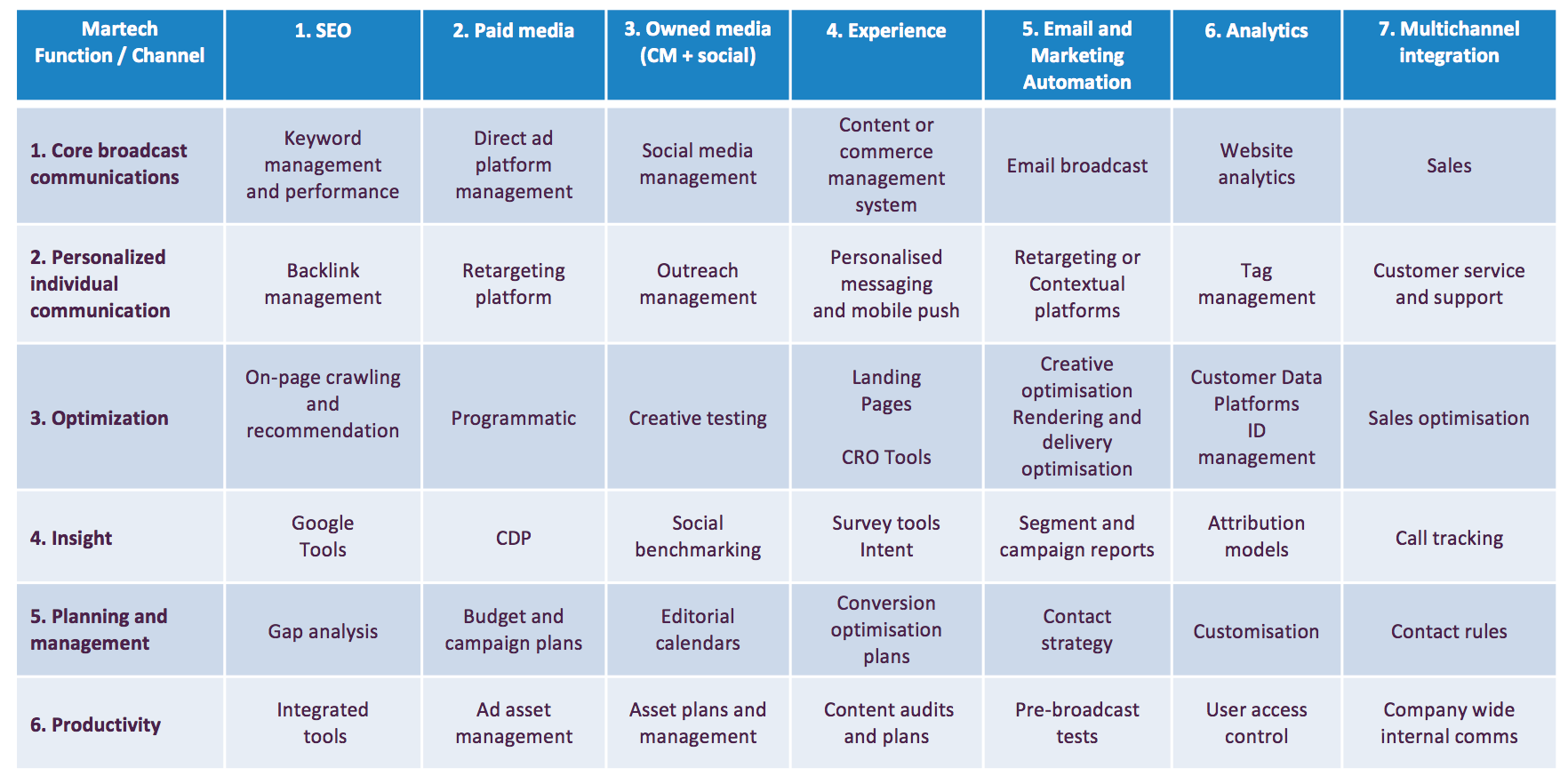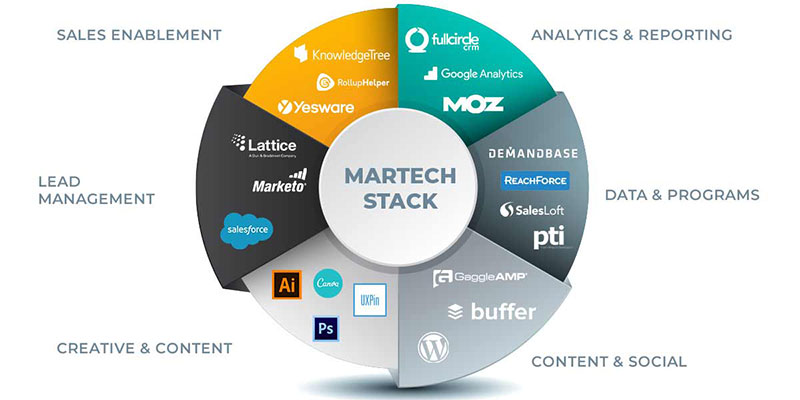

It doesn’t matter how compelling your ad is if it’s served just after a customer has opted-out of advertising from your brand. It doesn’t matter what your abandoned cart follow-up email offers if you can send it before your customer has proceeded to buy a product for your competitor. As data processing becomes slower, the value of data (and therefore effectiveness of tools) decreases.

The effectiveness of our tools, therefore, is dictated by the quality of the data that we’re able to feed them with.įor many tools, particularly those that power real-time use cases, the speed of data processing is a major determinant of data value. The MarTech tools we invest in are all powered by data. Additionally, it minimizes the risk of data privacy errors, which, if they occur, can turn your entire MarTech stack into a costly liability overnight. This allows marketers to have greater confidence that their campaigns align with customers’ privacy preferences while also reducing ad hoc work for privacy engineering teams. When teams have an automated solution for handling user consent management, however, they’re able to support consent preferences while also delivering campaigns at scale.
Stack martech manual#
As you scale, manual data privacy management becomes tedious at best, and error-prone at worst. Managing consumer privacy manually requires teams to perform laborious workflows such as auditing customer profiles across the stack and finding and deleting profiles after an opt-out. Adhering to privacy regulations is not only required by law, it is integral to your brand’s reputation among consumers-once customers perceive a lapse in a brand’s data privacy practices, consumer trust can rapidly plummet. And by making this 360-degree view available across all the tools in your stack, you can deliver more relevant customer experiences across channels and generate more revenue from MarTech use cases.įor any company that leverages customer data, maintaining compliance with privacy regulations takes priority over all other aspects of data strategy.


With these functions in place, you can unify a customer’s latest engagements to their past activity, consent preferences, product interests, and more.


 0 kommentar(er)
0 kommentar(er)
